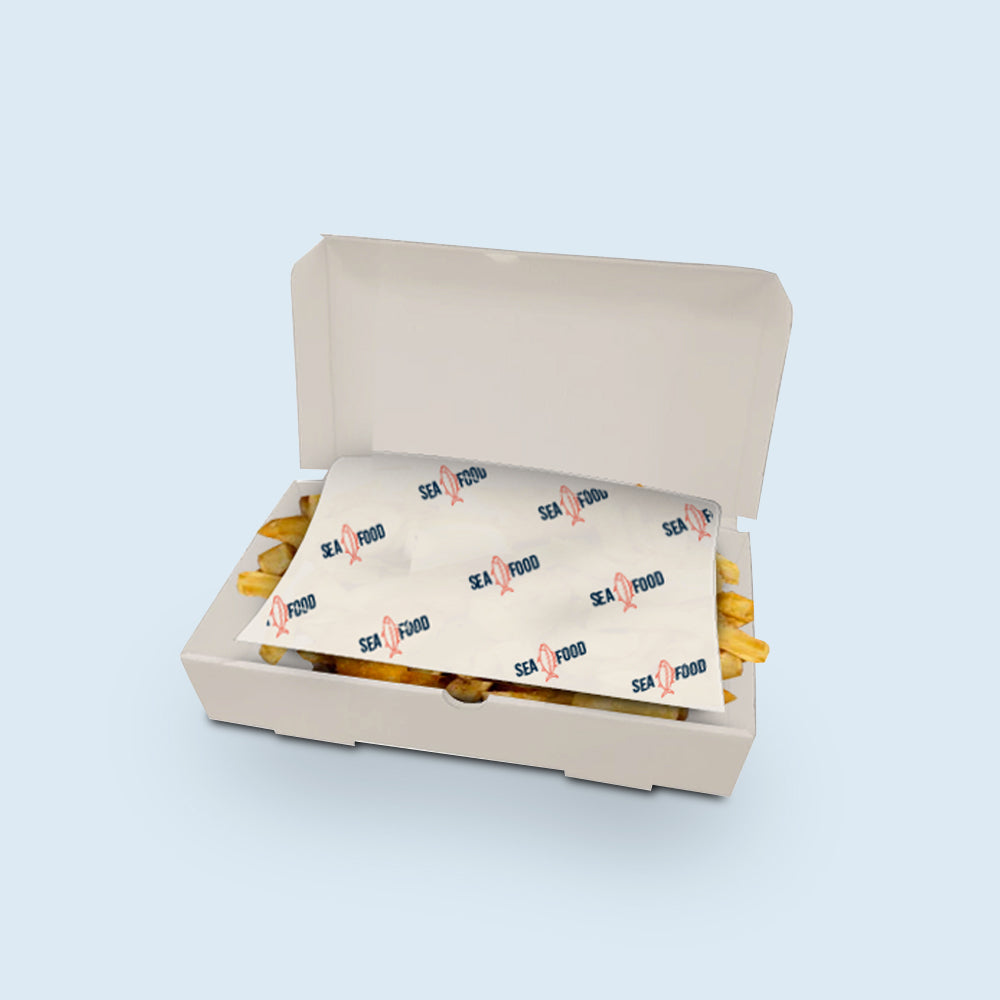The Importance of Wine Packaging in the Modern Market
Wine packaging plays a crucial role in the overall branding and marketing of wine products. As the global wine industry continues to evolve, the significance of packaging cannot be overstated. It is not merely a protective cover; it is an influential marketing tool that encapsulates the essence of the wine inside, attracts consumers, and ultimately drives purchasing decisions.
Firstly, wine packaging serves as the first point of contact between the consumer and the product. The design, color, and materials used in packaging can evoke emotions and set expectations about the quality of the wine. For instance, an elegant glass bottle with intricate labeling can suggest a premium product, while eco-friendly packaging may appeal to environmentally conscious consumers. The choice of packaging material—glass, plastic, or eco-friendly alternatives—also communicates different brand messages. For example, a lightweight, recyclable option might attract younger consumers seeking sustainability.
Moreover, the aesthetic appeal of a wine bottle can significantly impact consumer choice at the point of sale. In a crowded market where numerous options vie for attention, distinctive and visually appealing packaging can stand out on the shelf. Innovative designs, such as unique bottle shapes or artistic label designs, can create a memorable image in the minds of consumers, encouraging repeat purchases. Custom packaging also allows for storytelling; the design can reflect the region, heritage, or unique production methods associated with the wine, effectively conveying its narrative to potential buyers.
wine packaging

Functionality is another essential aspect of wine packaging. The right packaging not only enhances visual appeal but also protects the wine from external factors that may compromise its quality. Factors such as light, temperature, and oxygen exposure can adversely affect wine, making durable and high-quality packaging essential. Seals and closures, such as corks or screw caps, must also be carefully considered to ensure optimal preservation and ease of use.
Furthermore, with the rise of online wine sales, packaging has taken on an added dimension of importance. Shipping wine directly to consumers requires packaging that can withstand the rigors of transport, ensuring that the wine arrives safely and in excellent condition. This has led to innovations in protective packaging materials, which not only safeguard the product but also enhance the unboxing experience for customers.
In conclusion, wine packaging is an integral component of the wine industry, impacting consumer perception, brand identity, and product quality. As competition intensifies, wineries must invest in thoughtful packaging strategies that resonate with their target audience. By doing so, they can enhance their market presence and ultimately contribute to the success of their wine brands in a diversifying market.



